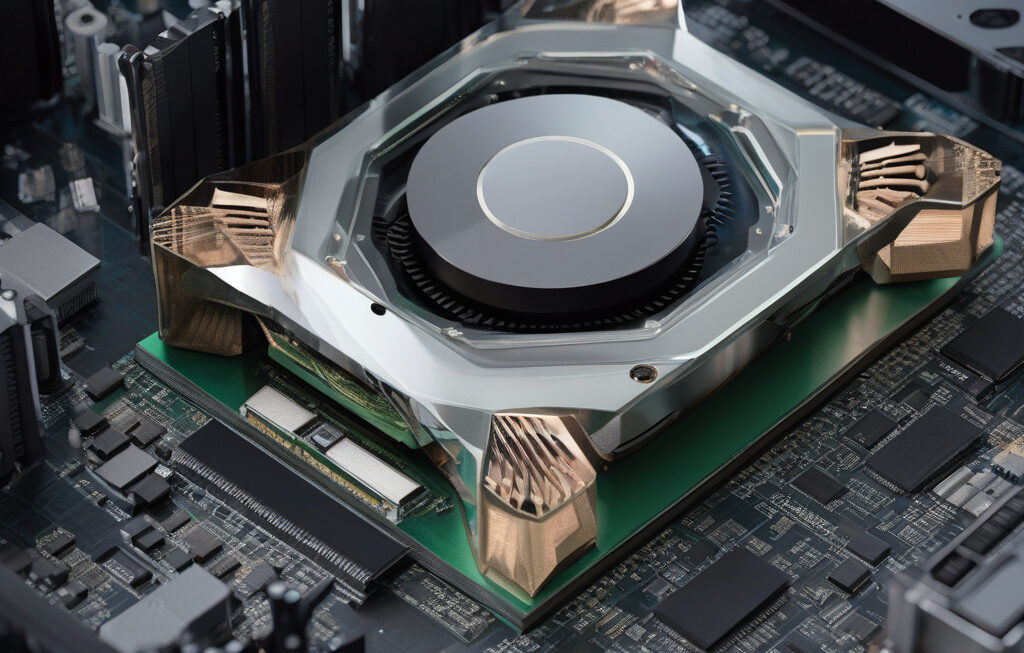New AI Method Speeds Up Calculations to Protect Fusion Reactors from Plasma Heat
Scientists in the US have introduced a novel artificial intelligence (AI) approach that can protect fusion reactors from the intense heat generated by plasma, a critical step towards making nuclear fusion a viable energy source in the future. Fusion reactors have long been hailed as a potentially limitless and clean energy solution, mimicking the same process that powers the sun. However, one of the primary challenges in harnessing this technology is the ability to contain and control the extremely high temperatures produced during the fusion process.
Traditional methods of monitoring and regulating plasma heat have been cumbersome and time-consuming, requiring complex calculations and extensive manual intervention. This is where the new AI method comes into play, offering a more efficient and streamlined approach to managing these thermal challenges. By leveraging advanced machine learning algorithms, researchers have developed a system that can rapidly analyze data from the reactor in real-time, predicting and responding to fluctuations in temperature with unprecedented speed and accuracy.
One of the key advantages of this AI-driven system is its ability to learn and adapt over time. By continuously processing new data and adjusting its algorithms accordingly, the system becomes increasingly effective at preempting potential overheating issues and implementing the necessary corrective measures. This dynamic and autonomous functionality not only enhances the overall safety and stability of fusion reactors but also optimizes their performance, ultimately bringing us one step closer to achieving sustainable nuclear fusion energy.
Moreover, the implementation of AI in fusion reactor technology opens up new possibilities for innovation and experimentation. Scientists can now explore more ambitious and efficient designs, knowing that they have a reliable tool to manage the complexities of plasma heat. This could pave the way for the development of smaller, more cost-effective reactors that are capable of producing large amounts of clean energy with minimal environmental impact.
Beyond its implications for the field of energy production, the successful integration of AI in fusion reactor technology serves as a testament to the transformative power of artificial intelligence in diverse scientific domains. As researchers continue to push the boundaries of what is possible with AI, we can expect to see further breakthroughs that revolutionize not only the energy sector but countless other industries as well.
In conclusion, the new AI method introduced by US scientists represents a significant leap forward in the quest to harness the potential of nuclear fusion as a sustainable energy source. By accelerating calculations and enhancing predictive capabilities, this innovative approach brings us closer to realizing the promise of fusion reactors while highlighting the immense value of artificial intelligence in tackling complex scientific challenges.
fusionreactors, AItechnology, sustainableenergy, nuclearfusion, scientificinnovation












